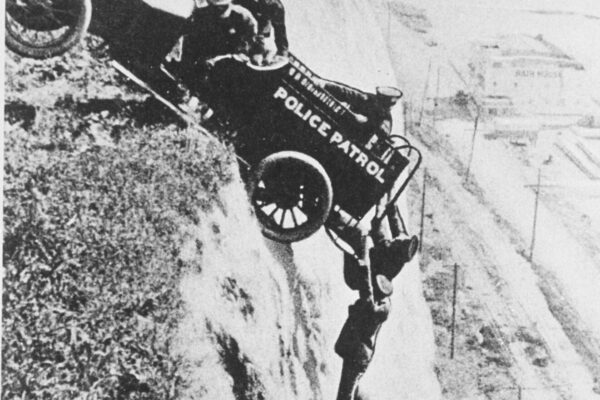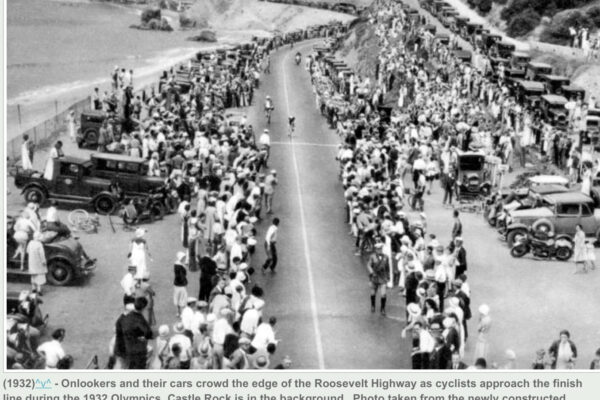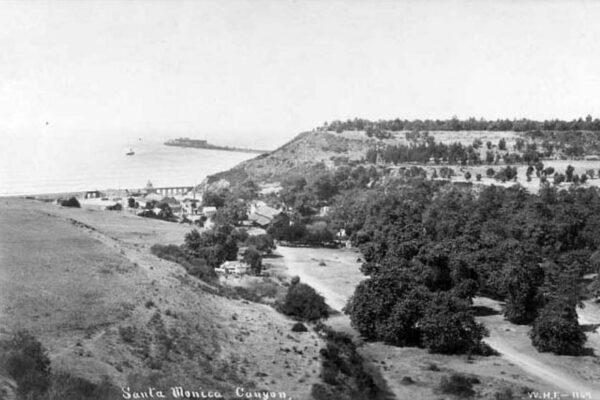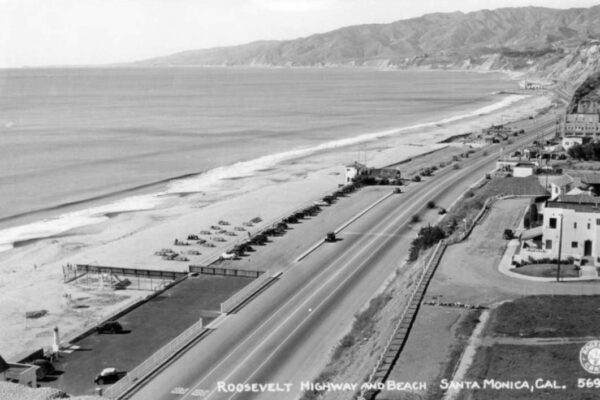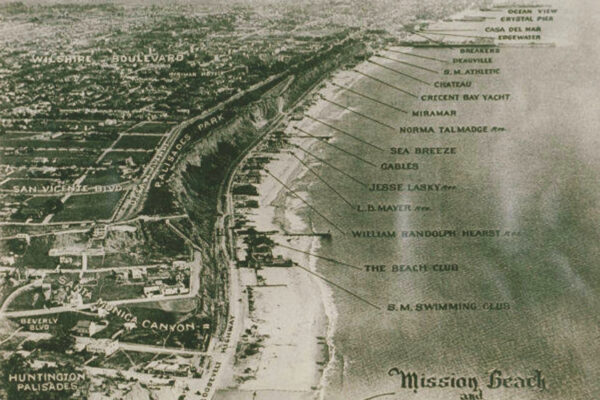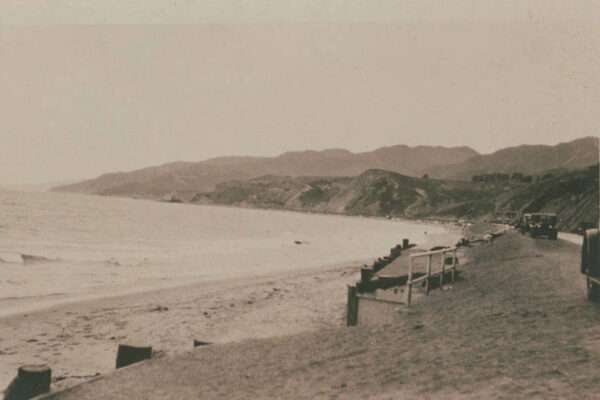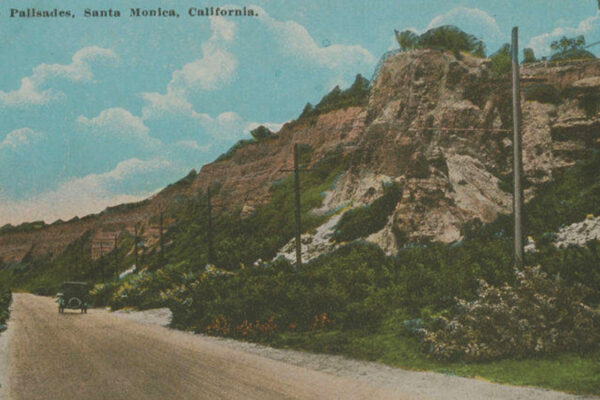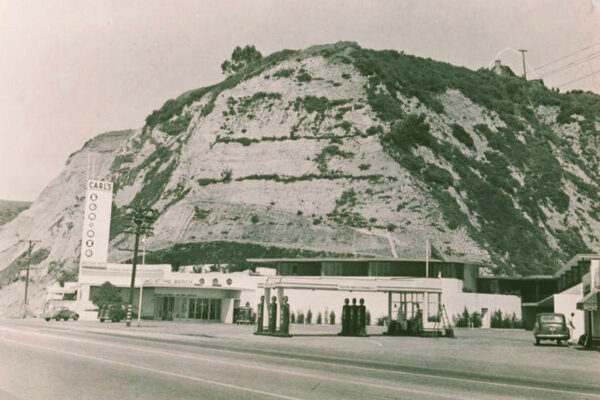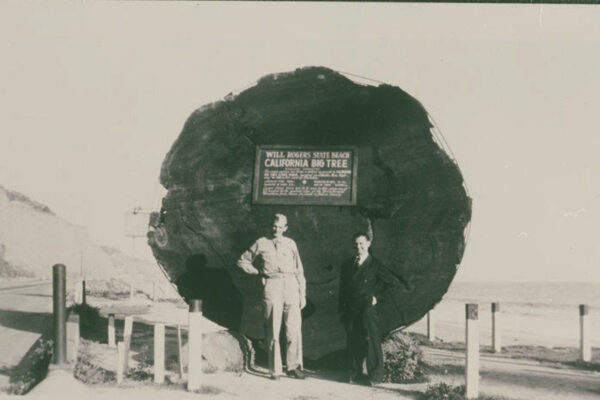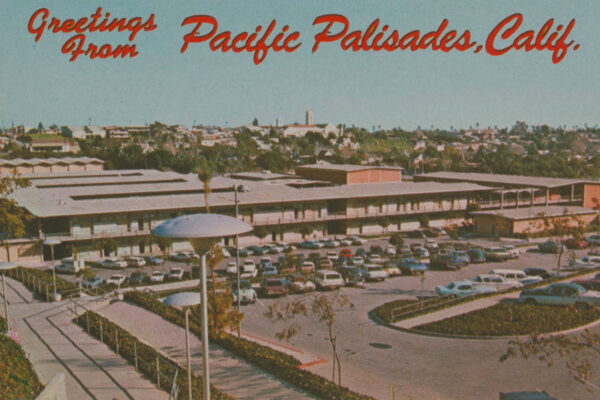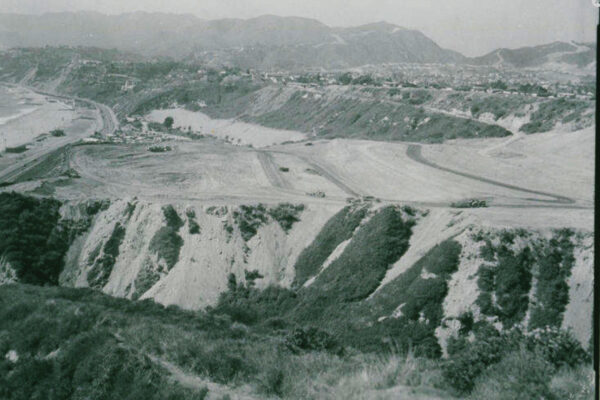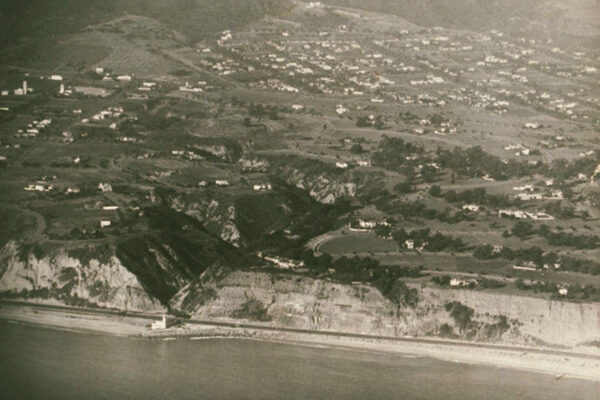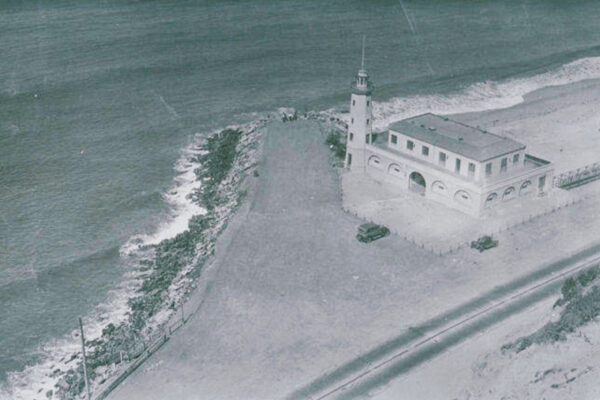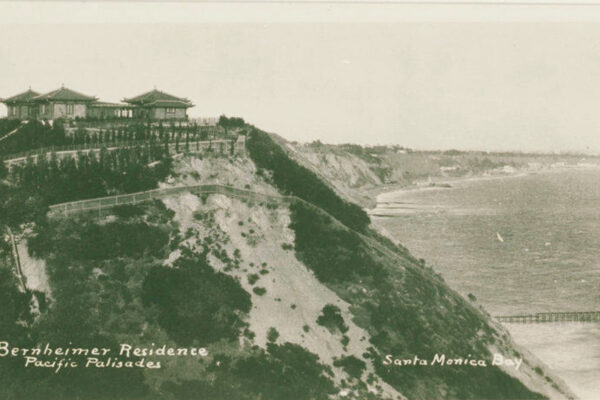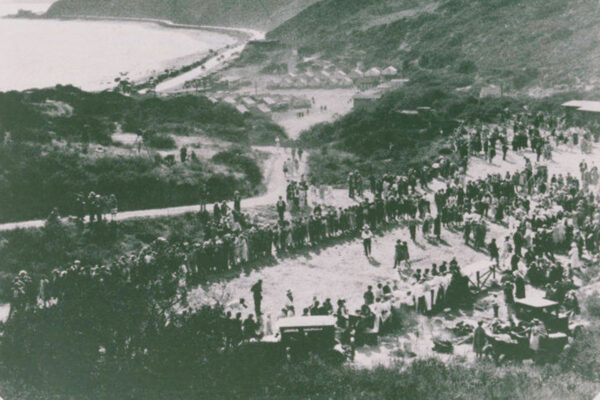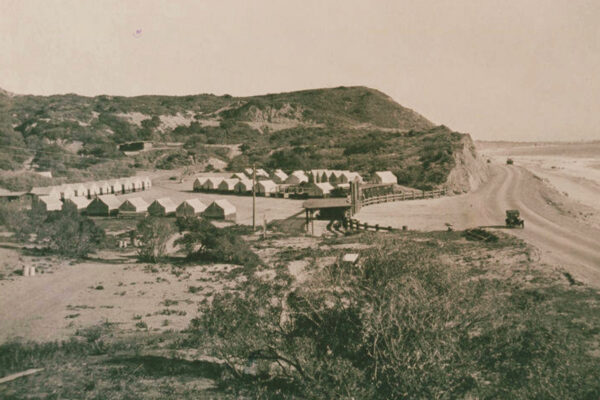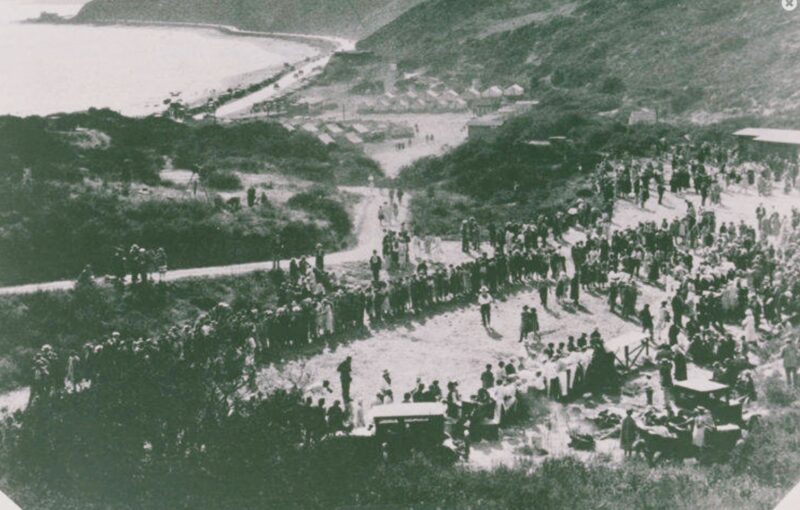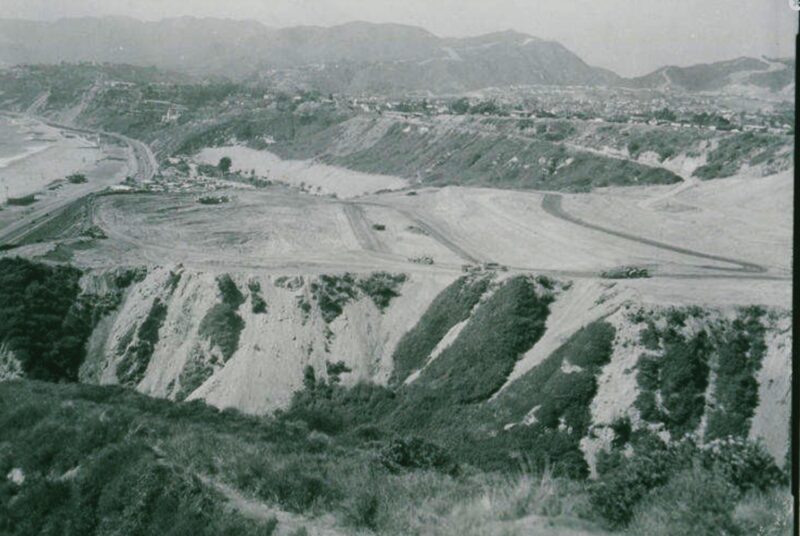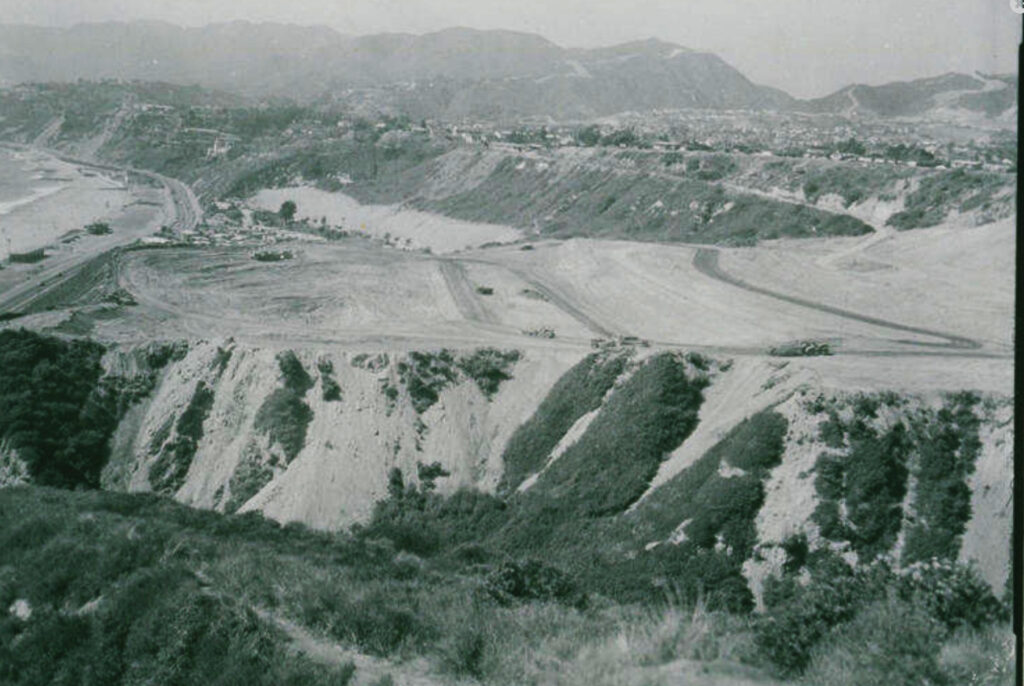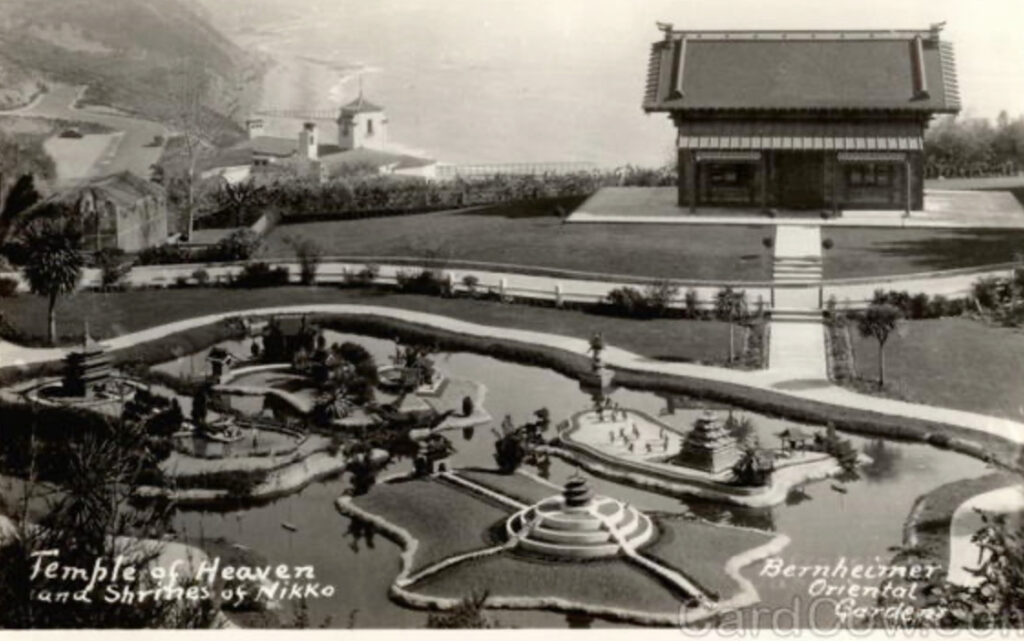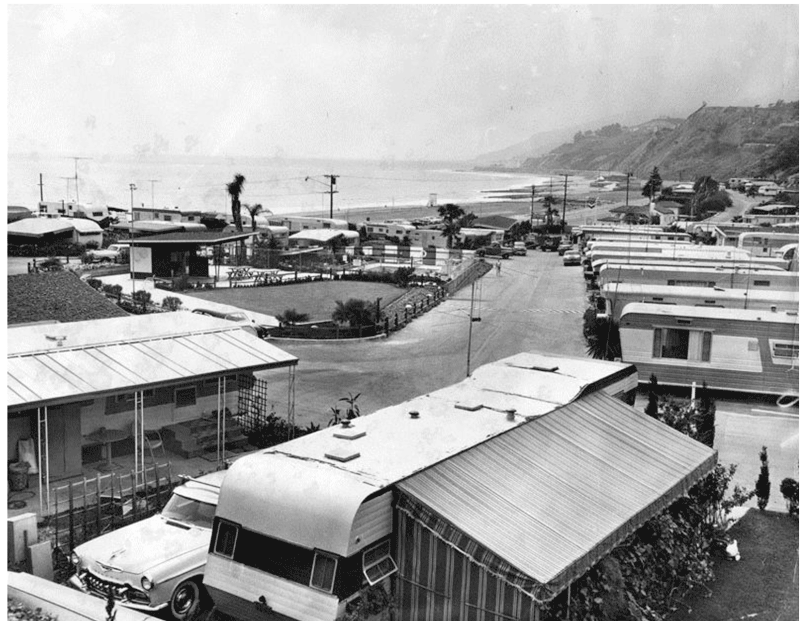the auto camp
Both the trailer park and the mobile home park evolved from a singular type of resource – the auto camp. Auto camps, also called “auto courts” or “motor courts,” were first developed around the turn of the 20th century in response to the growing popularity of the automobile. As a result, travel for pleasure and recreation became more accessible. Many Americans began to take day trips by automobile, and the scenic “Sunday drive” became a common American pastime.
By the 1910s, automobile trips for pleasure grew in scope and duration as drivers began to venture further afield. Spurred in part by the fear of breaking down on poor roads, possibly miles from any town with a hotel, travelers began outfitting their vehicles with camping equipment. Enterprising landowners – especially farmers or municipalities with large amounts of undeveloped land – sensed an opportunity and would often rope off a section of their land and charge a small fee to camp.
Eventually, tourists sought further amenities on-site, as they attempted to streamline their travel experience and minimize the necessary camping equipment that had to be transported. Throughout the 1910s and 1920s, private auto camps with additional amenities were developed as commercial ventures. Private camps features campsites arranged in a row parallel or perpendicular to the highway, and were often situated near gas stations or small grocery stores. Amenities included communal bathhouses with toilets and showers, shared laundry and kitchen facilities.
Initially, camps were designed for motorists to park in a space and pitch a tent alongside their vehicle. Over time, however, the tents were replaced by “house trailers” transported by the travelers themselves. House trailers allowed the motorist to literally carry a dwelling to a camp site.
This evolving philosophy coincided with the economic decline of the Great Depression and materials rationing of World War II, periods when affordable permanent housing in Southern California was in short supply but high demand. Trailer living allowed people to relocate freely to areas where work was offered constructing bridges, highways, and other municipal improvements.
By 1937, the housing demand was so great that over four hundred different companies were manufacturing trailers. It was noted at the time that Southern California beach communities were some of the most receptive to the development of trailer parks in the region.
The Long Wharf
The site of the Port of Los Angeles once was located right here, where lifeguard headquarters is now; longest wooden pier extending 4,720 feet out into Santa Monica Bay. Built by Collis Huntington and Southern Pacific Railroad to serve as a deep-water port for Los Angeles.
